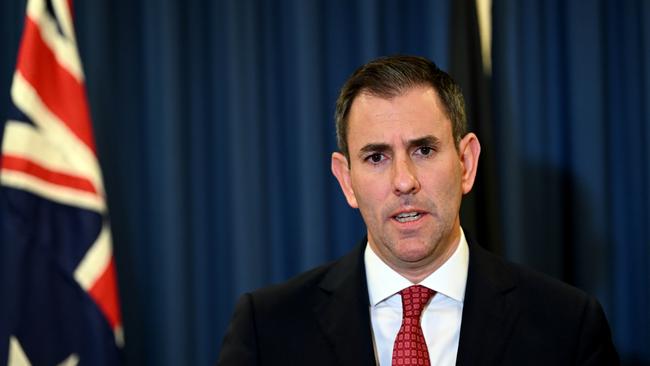
The Reserve Bank has exercised its independence and sent a clear message to the two weeks old Albanese government that it needs to review those policies it sold to the electorate that boost inflation.
At the start of the week, I set out two options for the bank. They took the second option – and it was the right decision, although it will to deliver considerable community pain.
That option was to go hard and recognise the Australian economy was over stimulated and inflation was ballooning out of control. It needed to be reined in by two or three sharp interest rate blows to contract the economy. This week’s rate rise is the first of those blows.
Of those quick hard rate rises fail then the bank must keep going.
The first option was to go soft, deliver a 0.25 per cent interest rate rise and run the clear risk that inflation would explode. Twice in the last 50 years, faced with out of control inflation, our central bank has taken this road and found that inflation could only be bought back under control via interest rates of between 10 and 17 per cent. The market and the government expected that option.
Instead, the RBA is telling the politicians who came to power just two weeks ago that if they use flame throwers to further ignite inflation that will be met with tough and hard action.
No more telling the community that wages must keep up with ballooning inflation. No more big spending stunts to get votes.
And the central bank is also telling the unions that it if they try to transpose whatever Fair Work awards for low paid workers to the total community then that will be met with much higher interest rates and a recession with lower house and share prices.
Taking the brunt of the impact of higher interest rates will be those that have borrowed heavily to buy houses in the last two or three years. They will need to slash expenditure, which will hit the economy.
A potential nation changing encounter will take place in NSW where the state generously offered a 3 per cent wage rise with a half a per cent productivity kicker. The unions are planning strikes to get a bigger wage increase. If Premier Dominic Perrottet gives in then it will send a message to all state governments and leading companies that they should follow.
The RBA will respond and the consequences will be further big rises in interest rates to smash the NSW and other state housing markets plus state government revenues.
By setting out on this tough course the RBA is recognising it played a significant role in overstimulating the economy. But that is history and the position is too serious to look back at this point. That comes later.
The three hardest aspects of controlling inflation in 2022 are, first, that a large portion of the inflation rate is not impacted by higher interest rates – energy costs, cost of imported goods and delays to imports. The good news is that the US Federal Reserve’s tough interest rate policy – not that different to the RBA’s – is starting to work and items like semiconductors and containers are starting to fall in price. But these are only green shoots, and the US bond market clearly believes more tough medicine in required.
Secondly, high interest rates impacts people who are already overstretched and suffering from lower real wages.
Thirdly, Australia has a chronic shortage of labour which makes it very difficult for private enterprise to control wage costs. Hopefully, the slowing of the economy and the looming fall in house and share prices will cause some Baby Boomers who have retired to re-join the workforce.
But we desperately need both skilled and unskilled migration. We also need to ramp up the decaying training of our younger people. The great migration problem we face is the shortage of rental accommodation which has halved in the last two years. One of the reasons is that governments, particularly in Victoria and Queensland, have made being a landlord a high-risk proposition.
Both state and federal governments need to recognise that migration is going to be essential. In the case of Canberra, we are being completely out manoeuvred by countries like the UK and Canada and a massive revolution is required in the policies set by the previous government. States, particularly NSW, currently do everything they can to increase the price of building by archaic planning and approval processes. And so just as Perrottet needs to stand firm on his wages policy, he also needs to bash heads in his out-of-control planning bureaucracies. All premiers will need to look at how they can foster housing development in a higher interest rate environment.
The decision the Reserve Bank made on June 7 was totally predictable. Neither party took into account a looming event that was set to happen – no matter who won.







Tuesday, June 7, is clearly one of the most important days in Australia’s recent history.